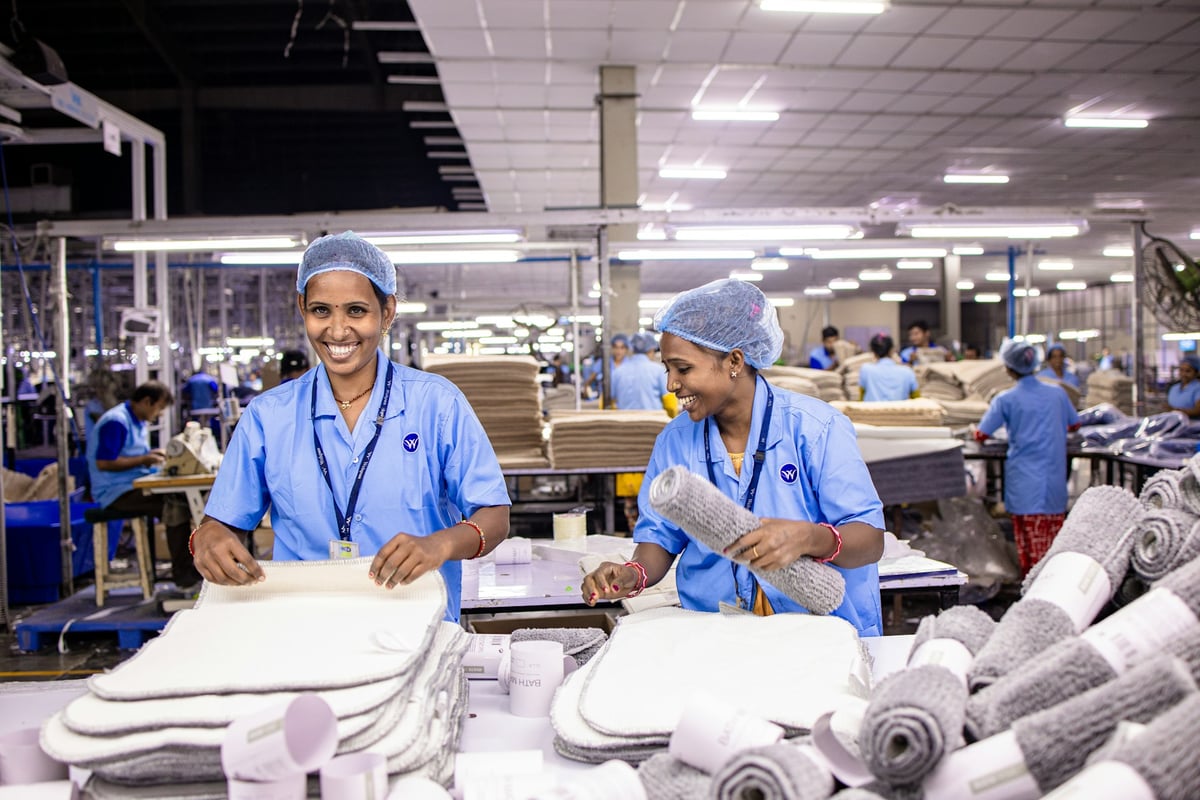Nearly 700,000 Indians migrate abroad for work every year. In 2024 alone, at least 18.5 million Indians were working overseas, with more than half of them in the Gulf countries working in construction, engineering, hospitality, retail and other industries. The United States has more than 5.4 million Indian workers, most notably in sectors like information technology, engineering and healthcare. In 2024-25, emigrant Indian workers sent back remittances worth a record $135.4 billion.
The ability of Indian workers to migrate and contribute to their home economy depends heavily on international policies on labour mobility. So what, exactly, is labour mobility, and why has it grown increasingly important across the world?
Quite simply, labour mobility refers to the ease with which workers, across skill levels, can move around for the purposes of employment. This includes moving between different industries and job types (occupational mobility) as well as between different regions and countries (geographical mobility). Since the productivity and growth of most industries depends on workers, labour mobility assumes increased significance in a world where there is a growing imbalance between the need and the availability of labour.
In most parts of the world, particularly in developed countries, fertility rates have fallen markedly over the years. This results in a fall in the working age population and a rise in the number of ageing citizens. Inversely, regions like South Asia and Africa are seeing a significant growth in the number of citizens aged 15-64 – the working age populace. India has more than 600 million people below the age of 25 alone – our oft-touted demographic advantage that is expected to lead the growth of our economy.
According to economist Lant Pritchett, there is likely to be a net increase of 1 billion in the working age population across the world by 2050. Nearly all of these populations will come from Africa, South Asia and other developing regions – from countries known for low economic productivity. Meanwhile, countries with the highest productivity are projected to have substantially fewer people available in the labour force. Facilitating labour mobility across borders is perhaps the most obvious and most effective tool to fill this large labour gap in a way that benefits both kinds of countries.
This facilitation depends on each country’s laws and policies on immigration. Labour mobility policies, specifically, include quotas allocated to foreign nationals for work visas, residency permits for students, short-term and multiple-entry visas, exchange programmes and more. In recent years, immigration has become more and more of a hot-button issue across the globe, with many countries viewing the influx of migrant workers as a threat to national security and local jobs, and a strain on their resources. This has led to a tightening of immigration policies in developed countries like the United States.
The developed world, however, has much to gain by easing its immigration rules and allowing more workers to enter their economy. More restrictions on migration lead to slower growth, but an increase in labour supply can boost industrial productivity, particularly in sectors like healthcare, hospitality and construction where they lack skilled workers.
For developing countries with high rates of unemployment and not enough industry, labour mobility provides more opportunities to get jobs, send money home and improve their entire family’s financial situations. However, the process of migration can be difficult, disillusioning and treacherous for many, and not just because of strict migration laws. Often, professional qualifications of highly skilled workers are not recognised by developed countries, forcing workers to take up low-paying roles that do not reflect their skills. There are also networks of dubious agents handling worker migration in illegitimate ways, threatening workers’ safety.
In the past 10-15 years, the Indian government has initiated more active diplomatic engagement with other countries to negotiate easier and safer labour mobility. There is room to do a lot more to make overseas migration for work a more secure process for Indian workers, with their rights and interests well protected.
In May 2025, the Godrej Foundation co-founded the GATI Foundation – short for Global Access to Talent from India – in collaboration with The Convergence Foundation and Manish Sabharwal, vice-chairman of Team Lease Services. GATI’s work will involve creating an enabling ecosystem for overseas employment through collaborations between governments, businesses and non-profits, to make it easier for Indian workers to migrate across borders for legitimate, dignified and well-paying work. Read more about the GATI Foundation here.
